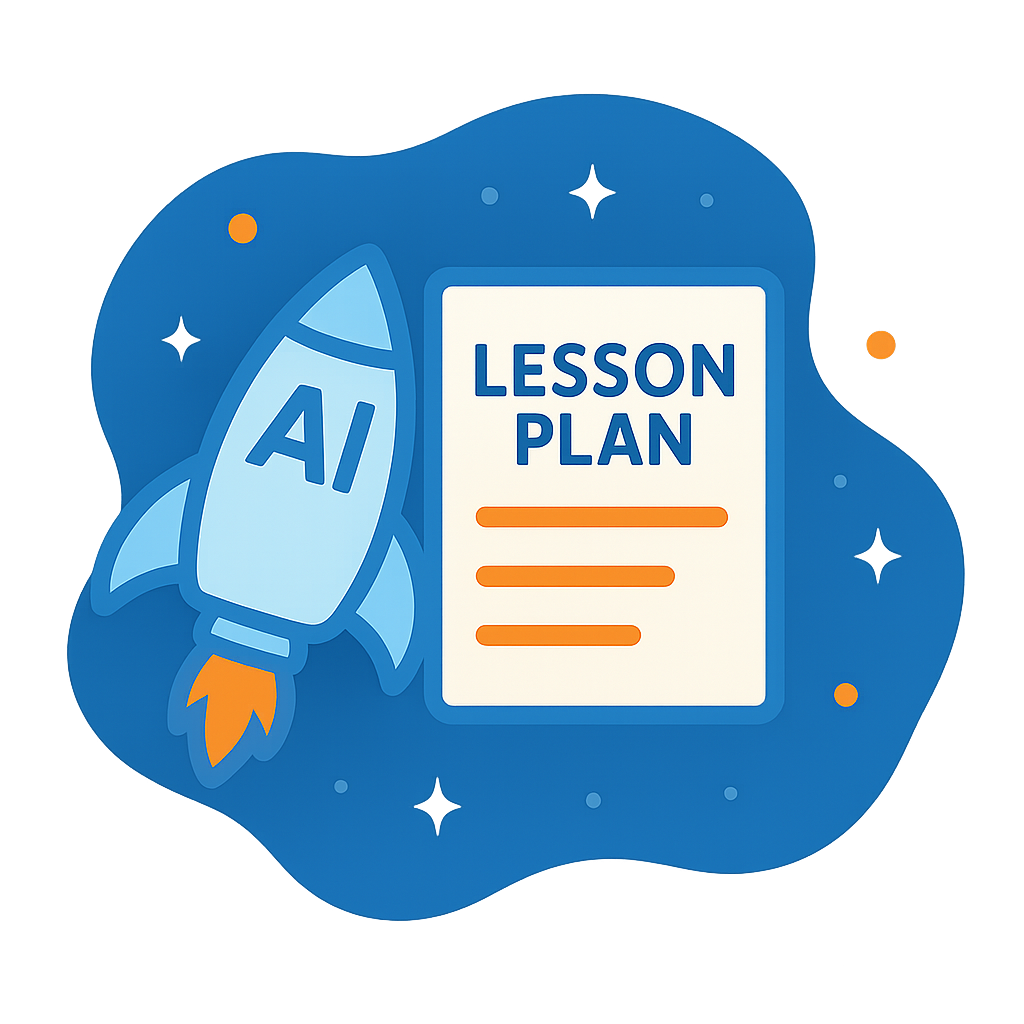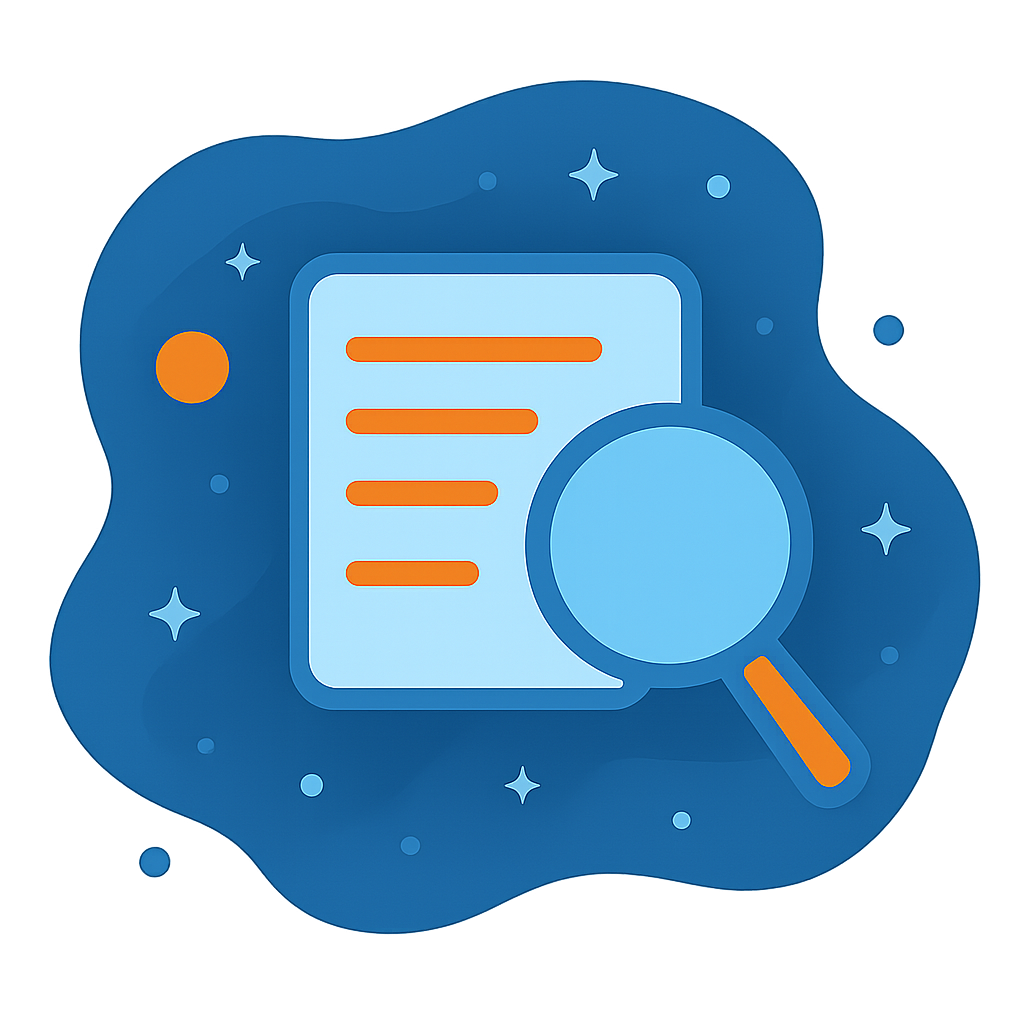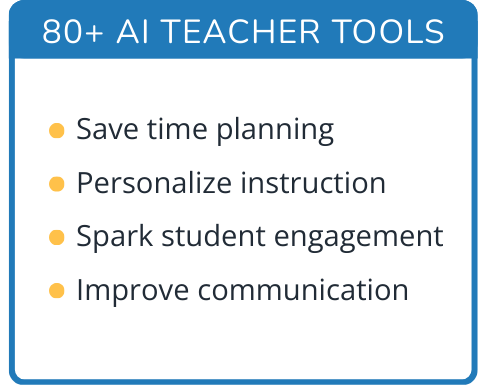Hi, what do you want to do?
Curated OER
GPS Receiver Basics
Students practice using a GPS receiver. They walk in different directions and monitor their progress on maps. They enter specific locations and use information given to them to get them back to their original locations.
Curated OER
Word Problems: Geometry
Young scholars solve word problems by using basic geometry. For this geometry lesson, students use geometric formulas to find the perimeter, area, and volume of objects. Young scholars complete a worksheet.
Curated OER
Learning Lesson: Its a Gas, Man
Pupils participate in a demonstration in which they examine the effect on temperature by carbon dioxide. They discuss the effects of carbon dioxide on the environment. They also examine summer safety rules to end the lesson.
Curated OER
Off to College
Students jog to where their classroom teacher went to college using a scale that best fits their situation. They log miles on a chart until students reach their destination. Students use the colleges mascot as the graph indicator as to...
Adrian College
The Universe
Young scientists create a simulation of Hubble's law. Introducing the Big Bang Theory using balloons and a simple lab worksheet, scholars complete a data table and perform analysis.
Curated OER
Location
Students explore the tools used by Columbus to chart his latitude. They study the change of a location over time.
Curated OER
Traveling aroud Our Town
Students are asked to describe to a partner how he or she walks to school or the bus stop. They are shown on the overhead an one-inch grid paper, and at the intersection of two lines on the grid paper, students are shown a house and...
Curated OER
Kitchen Equip and Lab Procedures - Level I
If students use and store kitchen equipment appropriately as well as utilize sanitary work habits, the foods laboratory will be a safe and easy place to work. See Preface Materials: As a motivator ask: "Why should I worry whether or not...
Curated OER
Waves
An incredibly colorful PowerPoint presents all the facts and definitions about waves that you could need for beginning physical scientists. There are several useful links to online animations of wave action. This may have been produced...
PHET
CME Plotting
Young scientists build on their previous knowledge and apply it to coronal mass ejections. By plotting the path of two different coronal mass ejections, they develop an understanding of why most don't collide with Earth.
Illustrative Mathematics
Dilating a Line
High School geometers verify through experimentation certain properties about dilations. This multi-step problem challenges them to construct examples of dilations to verify specific facts, the final step provides an opportunity to more...
University of Washington
Kepler’s Laws
Introduce your physics or astronomy class to Kepler's laws of planetary motion with this straightforward activity. It covers the basic concepts of each and has learners answer questions to demonstrate their grasp on them. You could use...
Curated OER
Magnify It!
Learners explain that there are limits to what the eye can see and that a magnifying glass can help extend those limits. They examine an object with the magnifying glass and draw the size and shape of what they see as accurately as they...
Curated OER
Warming the Earth
First graders investigate how the sun warms the Earth and examine the rotation of the Earth and the sun. They create an illustration of the sun, examine a solar system model, and listen to the book "The Sun: Our Nearest Star." They also...
Curated OER
2-D Geometry
Third graders describe and compare attributes of two-dimensional shapes. They explain geometric terms, angles and shapes. Students demonstrate each vocabulary word with their body and they mirror the body positions associated with each...
Curated OER
Math: Gears and Wheels
Twelfth graders solve problems involving linear and angular speed. Using information about a compact disc, they solve the problem using multiple rates and conversion factors. Students also solve additional problems involving bicycle...
National Council of Teachers of Mathematics
Varying Motion
For this secondary mathematics learning exercise, high schoolers collect data based on a person’s motion. From this data, students create graphs comparing displacement, velocity, and acceleration to time. The five-page learning exercise...
Curated OER
Time Travel to the Edge of the Universe and Back!
Students analyze the size of the universe and calculate the time to travel to near and distant destinations.
Curated OER
Great River Bend Adventure
Young scholars use their imagination. They discuss the 4 C's of teamwork: Concentration, Communications, Coomperation, and Consideration. Students discuss the safety guidelines of the project. They complete a rope maze. The group walks...
Curated OER
Scientific Theories
Ninth graders compare and contrast how different models can be used to represent scientific understandings. They evaluate the use of data when considering scientific claims. Students debate a variety of socio-scientific issues and the...
Curated OER
The Farther Away You Are, The Faster Away You Move
Students explore linear relationships. The lesson uses science to develop an understanding of the expanding Universe. There are 3 Labs, only 2 of which are required. Lab C is an enrichment for higher level classes.
Curated OER
A Relatively Far Out Idea: Estimating
Students investigate methods of estimating through cooperative group activities, hands-on activities, the use of tables and graphs and an interactive video.
Curated OER
Modeling Geologic Time
Students design, construct and interpret a model of geologic time and investigate change through geologic time.
Curated OER
Catapults!
Young scholars work together to discover the relationship between the angle of catapults and the flight of different objects. They discover the heavier the object the more force is needed. They examine how engineers use this...




























